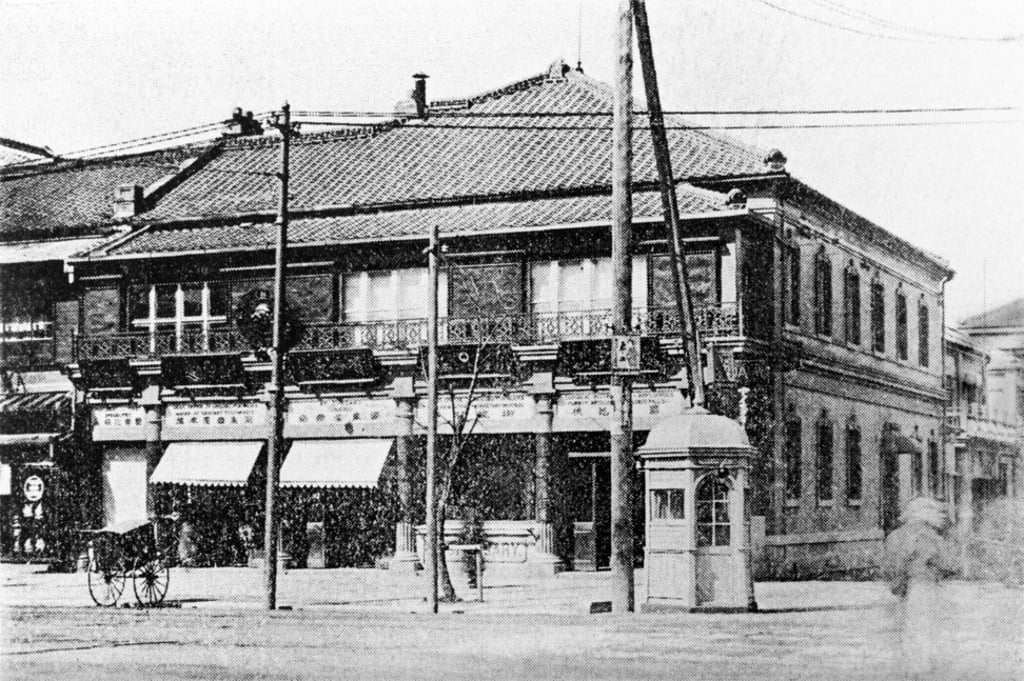The Shiseido story: from Tokyo pharmacy to global provider of must-have quality cosmetics
- Founded in the 19th century in Japan, Shiseido has leveraged its reputation for quality to garner millions of loyal fans
- It started life as Tokyo’s first Western-style pharmacy, and today is the fifth biggest personal care company in the world

Aya Yoshikawa works in the marketing department of a leading Japanese cosmetics firm, meaning she gets plenty of the latest personal care products for free or at heavily discounted prices. But she is reluctant to identify her employers because every so often, she just can’t stop herself buying products made by a rival cosmetics company.
“I see a new Shiseido release and I just have to have it. I know I work for a rival firm and their products are expensive, but it’s worth paying more because of the quality,” the 36-year-old says. “People know that if you buy a Shiseido product, you are buying the best. It’s trust in the brand.”
Her favourite products are Shiseido’s range of eye shadows and she has – somewhat guiltily, she admits – bought two items recently. And she is waiting for the upcoming release of a new eye shadow product. Once again, she says it is unlikely that she will be able to resist.
That reputation is something that the company has burnished and still trades on to this day, nearly 150 years after the Shiseido Pharmacy was set up by Arinobu Fukuhara as Japan’s first Western-style pharmacy in Tokyo’s now-swish Ginza district in 1872.

Fukuhara was previously head pharmacist for the Japanese Admiralty, creating medicines for the navy, and had studied pharmacological techniques developed in the US and Europe. He used that knowledge to introduce a new business model to Japan that separated the clinic – where a medical diagnosis was made – and a pharmacy that provided the medicine to treat the complaint.
The store appealed to the general public, combining both traditional remedies and the novelty and chic appeal of imported items. A highly personalised service and quality products kept them coming back.
